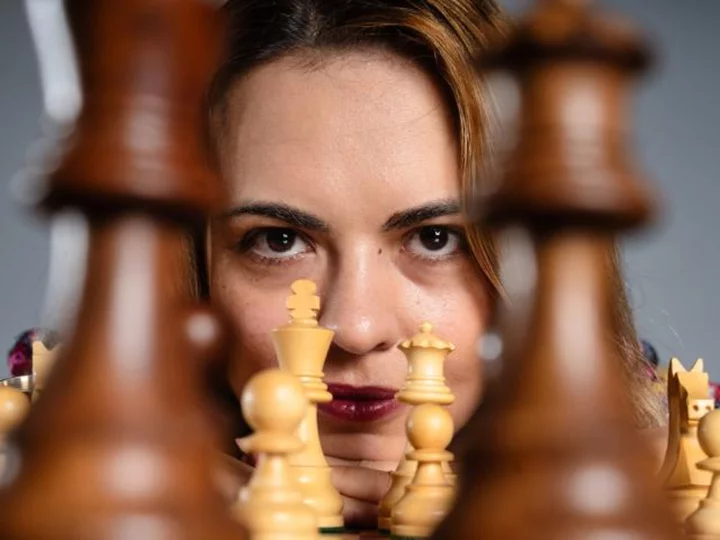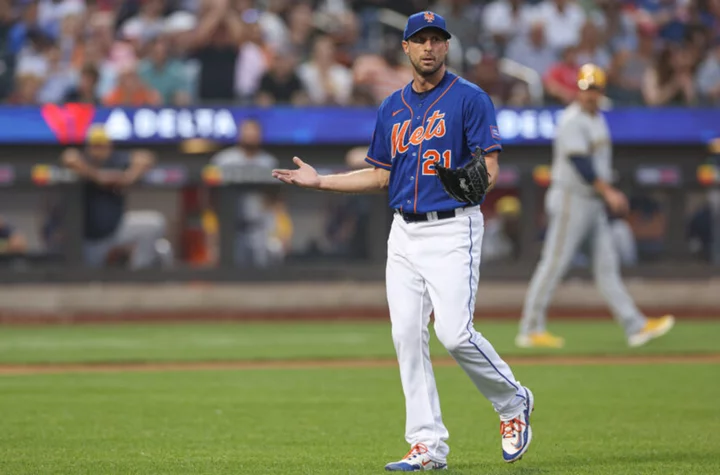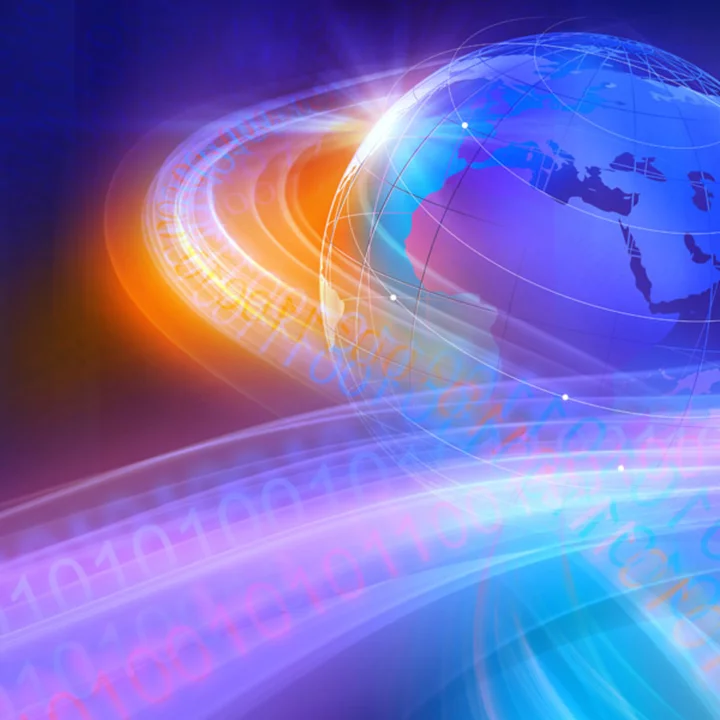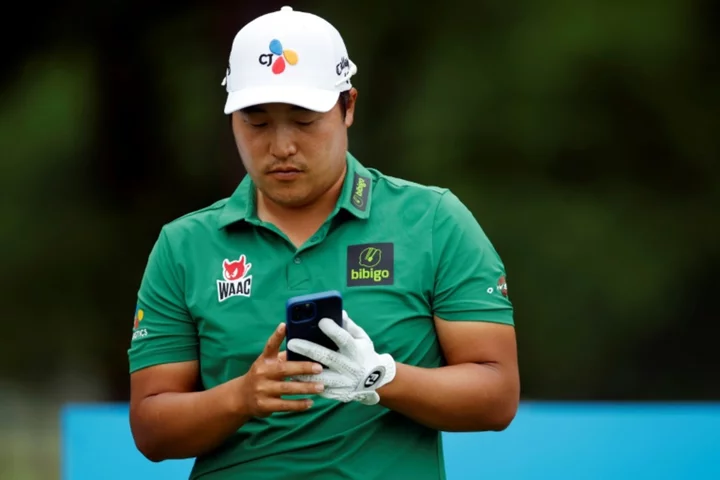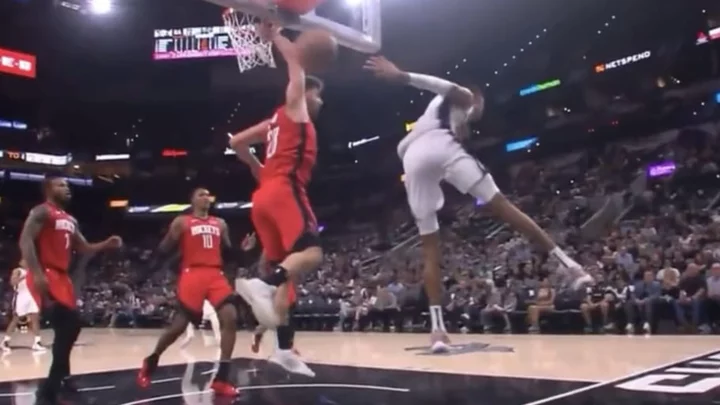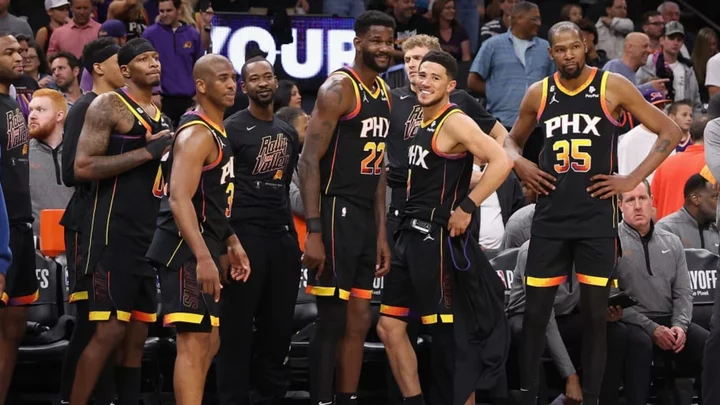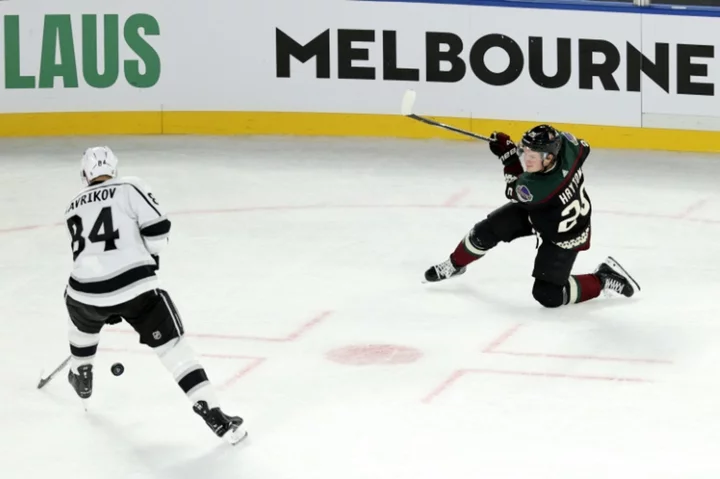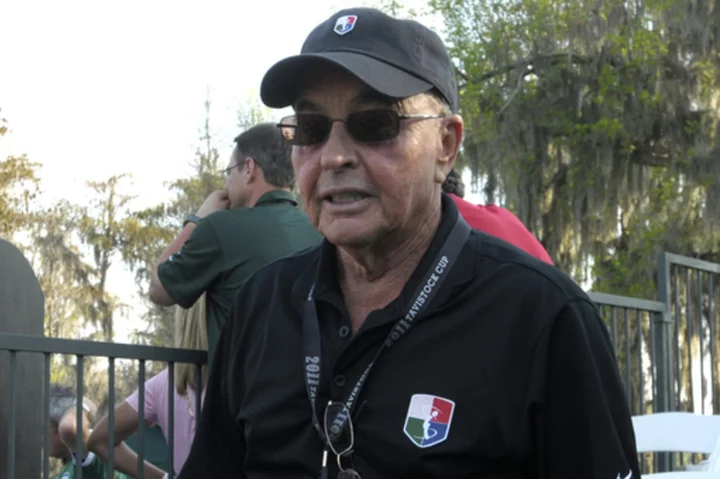Two people hunched over a black and white checkered board, deliberating what moves they will make, how their opponent might counter and how they might counter that counter, with barely a flicker of emotion passing over their faces.
At first glance, it's a sport that doesn't seem the most vibrant or colorful or particularly dynamic, which makes the art of capturing its drama and excitement more complex than most sports photography.
Maria Emelianova is a leading chess photographer, tasked with traveling the world to document the highs and lows of the sport.
With over 10 years of experience, Emelianova has become proficient at capturing the slightest flicker of emotion or tension etched in the faces of the sport's stars.
But even after years of experience, she finds it hard to put into words what makes it such a difficult profession to capture.
"That's always a very difficult question," Emelianova told CNN Sport when asked how she would describe the art of chess photography.
"It's opening the very outliers in sports to a more general public through the eye of the camera. So like people who know very little of chess and of the personalities can kind of get very close to the game and feel like they are right next to this chess game.
"But I think if I knew the answer to this completely, I would probably have solved (it)."
'Destiny'
Growing up in Russia, Emelianova began playing when she was a six-year-old, facing off against her grandfather until she joined a club to practice against her peers.
She earned her woman FIDE master status -- awarded to players with an classical rating of at least 2,100 and is the third-highest ranking exclusive to women -- in 2010.
She went on to become a professional chess player before taking a break from competitive chess. She did, however, make a brief return at the British Online Championship in December, 2020.
Emelianova switched her allegiances to the English chess federation in February, 2020, citing the affinity built with the organization during years of competitions in the UK and friends she made on the team as reasons for the change. She is also a staunch critic of Russia's invasion of Ukraine.
Her Elo rating peaked at 2,144 in 2004. The Elo rating system measures the strength of a chess player relative to their opponents. For context, Carlsen holds the record for the highest Elo rating ever achieved by a human player when he reached 2,882 in 2014.
Emelianova remembers her mother having a passing interest in photography.
"My mother was doing some photography stuff when she was younger in university, but it was analog photography," Emelianova explained. "But I was quite fascinated with analog photos."
Analog photography is the process of using cameras loaded with film and processing the photos in a laboratory afterwards using chemicals.
Emelianova continued: "I would find slides which she had stored from her student trips, and I would really like to go through them because all this stuff, of course, there was no Pinterest or Flickr or anything at the time."
Emelianova's life changed ahead of the 39th Chess Olympiad in 2010, which was held in Khanty-Mansiysk, Russia.
She had been planning to go as a fan and to catch up with friends. At the time, she had been working as a journalist and translator for a magazine in Moscow, for which she occasionally was tasked with taking photos.
A few days before the Chess Olympiad, she was asked at a press conference if she wanted to take some photos at the tournament. Despite having limited experience and equipment, Emelianova accepted.
Emelianova said she had already booked a train ticket but was whisked to the event in a private plane. Then her friend allowed her to borrow his expensive camera equipment.
"At that time, at that moment, I was like: 'Well, this cannot be a coincidence. There is something kind of like destiny to it, to have this happen,'" she said.
"So I took a lot of photos. I had no idea what I was doing, but I published them online, just on Instagram ... And magazines were reaching out, asking for photos, and I sold enough to get my own camera."
And from there, Emelianova has made it her aim to attend every major chess tournament as a photographer.
The skill
There's more to chess photography than just setting up position and snapping. When she began, Emelianova explained, using cheaper equipment meant the shutter sound was louder when a photo was taken, possibly disturbing players.
"I was always trying to make sure that the moment in the game is either not as critical and I can take a photo where the player can hear me but won't be too distracted, or I will do it when it's a really important moment and very tense moment, but I would just try to time it with the move being made," she said.
"So they are already making the move or I know that the position on the board is already simplified and, of course, playing chess myself helped to see those moments and see that this moment ... the emotions are still there."
Once she could afford better, quieter equipment, Emelianova got closer to the action.
With the access she gets at matches -- she admits she's had to battle organizers to trust her to not intrude on ongoing games -- and her knowledge and relationship with players, she knows where and when to take her shots.
"The most important, I think, is that the players trust me to not overstep the boundary. And I also, myself, I sometimes have to even fight with myself like one part is a journalist and another is a chess player," she said.
"And the journalist is like: 'You need to come closer and get this moment' and the player's like: 'No, no, you cannot do that.' Sometimes, being a chess player also stops me from getting a better moment."
When she approaches a game, Emelianova says she has a number of different cues she is looking for to get the best snaps.
She says that her experience as a former professional player allows her to identify from the flow of the game, or seeing the current setting, whether or not she needs to have her camera at the ready.
Outside of the game setting, Emelianova says she is constantly studying the players' body language.
"Some of the players don't really show anything. But I already know enough to even, like -- to catch a really, really subtle head shake or sitting like too straight or pretending to be very relaxed," she said.
"I think my favorite part is portraits, but portraits with emotions. They have to be in some moment, not just taken out of the context. But I think, mostly, it's the reactions of the players, the emotions and the moments which define the decider of the tournament or the game or the match."
Her personal knowledge of the players also helps her prepare. "Alongside with knowing the players as personalities and kind of knowing what to expect from each one of them depending on the situation, I can quite often be there before something even happens," Emelianova said.
But even with all that prior knowledge and planning, luck plays a big part in her photography, she admits.
Despite knowing what she's looking for, it doesn't make the job any easier. She specifically remembers the skills she learned on a photojournalism course at Moscow State University, which helped her fine tune her craft.
She also says that her work now as a chess streamer has given her a great appreciation for chess photography, as it's allowed her to approach and talk about her work in an open forum.
"The fact that it's difficult to find something that stands out is a challenge enough to search for it and, when you find it, it's like really redeeming and almost impossible to repeat," Emelianova said, adding that her job "ignites a sparkle" in her.
"Of course, sometimes I also struggle to find something that makes me go: 'Wow,' after so many years. But I will still keep looking because, when I do find [it], especially when it's a player who barely shows anything, they're completely emotionless, that's important.
"I think when you can make a story (is important). So like when somebody (who is) not from chess can look at the photos, not necessarily on text, but on the photos and read the story from there, that's the most important thing."

